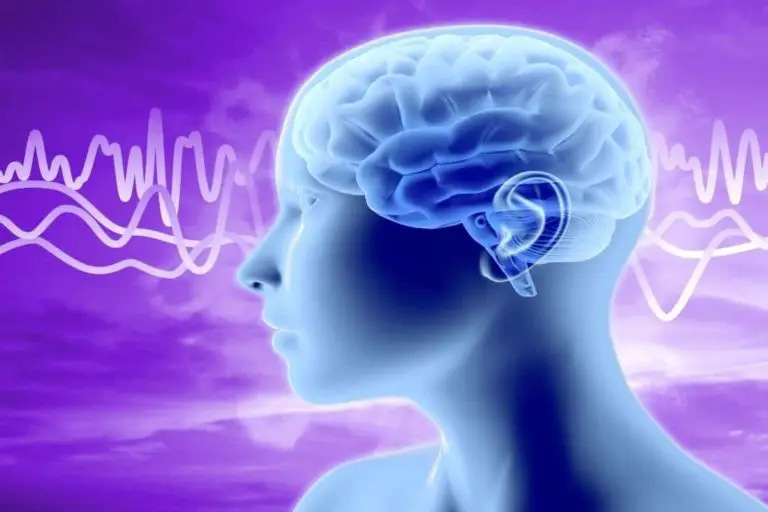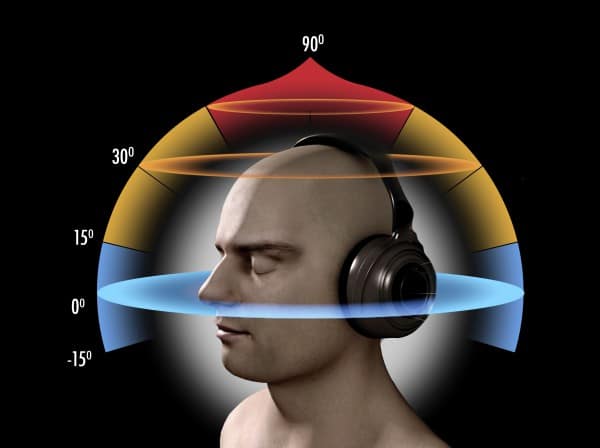

If audio horror has previously been understood as eclipsed by television and film, and possibly lacking in accessibility due to the blind nature of the medium, in binaural we may see the audio form’s unique capabilities as offering an alternative, and highly effective, form of horror when compared with cinema, gaming, or even literature. Voices may whisper in the ear noises may sound from behind or above footsteps may circle the listener-and all while they are disconcertingly, disarmingly deaf to their real-world environment. While hitherto unexplored, the Gothic and horror potential of binaural or 3D sound is immense, and-for the audio form-a tool with revolutionary possibilities, as binaural offers a perfect harnessing of sound’s properties of invisibility, intimacy and invasiveness. In other words, binaural sound affords a uniquely acoustic virtual reality. Moreover, it potentializes illusions of physical touch: listeners to binaurally recorded ‘virtual’ haircuts report sensations of tickling as the sound of electric clippers traverse the virtual space surrounding their heads. This provides the realistic listening sensation of sound moving around, or even inside, the body. Binaural (‘3D’) recording produces an acoustic form which mimics the way that our bodies physically receive and distinguish sound. Among the most exciting outcomes of this development has been the revival of binaural recording and its long overdue application to horror audio-fiction. This is largely dominated, and arguably pioneered, by the horror genre (Hancock and McMurtry 2017 Locke 2016).

Exploring three binaural podcast horrors- Welcome to Night Vale’s ‘All Right’, BBC 4’s The Stone Tape, and Earbud Theatre’s Are You Sleeping?-this paper queries the extent to which 3D sound explores, articulates and re-defines the auditory horror experience, particularly with regards to new audio media technology and cultures.įollowing the popularization of iPod and mobile-audio technologies, the last decade evidences a dramatic rise in the production and prominence of podcast audio fiction. Yet among the most exciting developments of horror podcasting is the revival, and long-overdue application, of binaural recording to the realms of audio horror fiction. This is an exciting time for audio horror, with podcasting potentializing and developing new audio-narrative strategies, enabling low-cost independent horror production and distribution, and garnering new types of listening-culture (Hancock and McMurtry 2017). "Disclosure: Some of the links in this post are "affiliate links." This means if you click on the link and purchase the item, we will receive a small affiliate commission.Following the popularisation of iPod and mobile-audio technologies, the last decade evidences a dramatic rise in the production and popularity of podcast audio-fiction, one which is largely dominated, and arguably pioneered, by the horror genre (Hancock 2016 Locke 2016). ► YouTube Membership - /FTUSYouTubeMembership
#BINAURAL AUDIO SPOOKY FULL#
► All In One Bundle - ► Our Bandcamp Full Discography - /FTUSBandcamp
#BINAURAL AUDIO SPOOKY LICENSE#
► License Agreement - /FTUSlicenseagreement
#BINAURAL AUDIO SPOOKY HOW TO#
► Our website - ► How to download all libraries on BC - /howtodownload

If you have the time, you can check it out right here.ĭelivery: Instant - blazingly-fast - digital download on Bandcamp Libby and I also made a video about how we record sounds for the horror sound design library.

These sounds are part of the bundle.į/l/horrorsoundeffects/horror If you already have access to our new Horror Sound Library on Gumroad, there is no need to purchase this one. I also recorded individual steps just in case you need them.) I didn't just walk up and down the stairs I also jogged, ran, and jumped up and down over several floors to get different sound effects. The room of this staircase has a natural spooky sounding reverb, which added to the overall fun of the experience. I used the DPA 4560 in-ear microphones to record my footsteps as I walked up and down a spooky staircase.


 0 kommentar(er)
0 kommentar(er)
